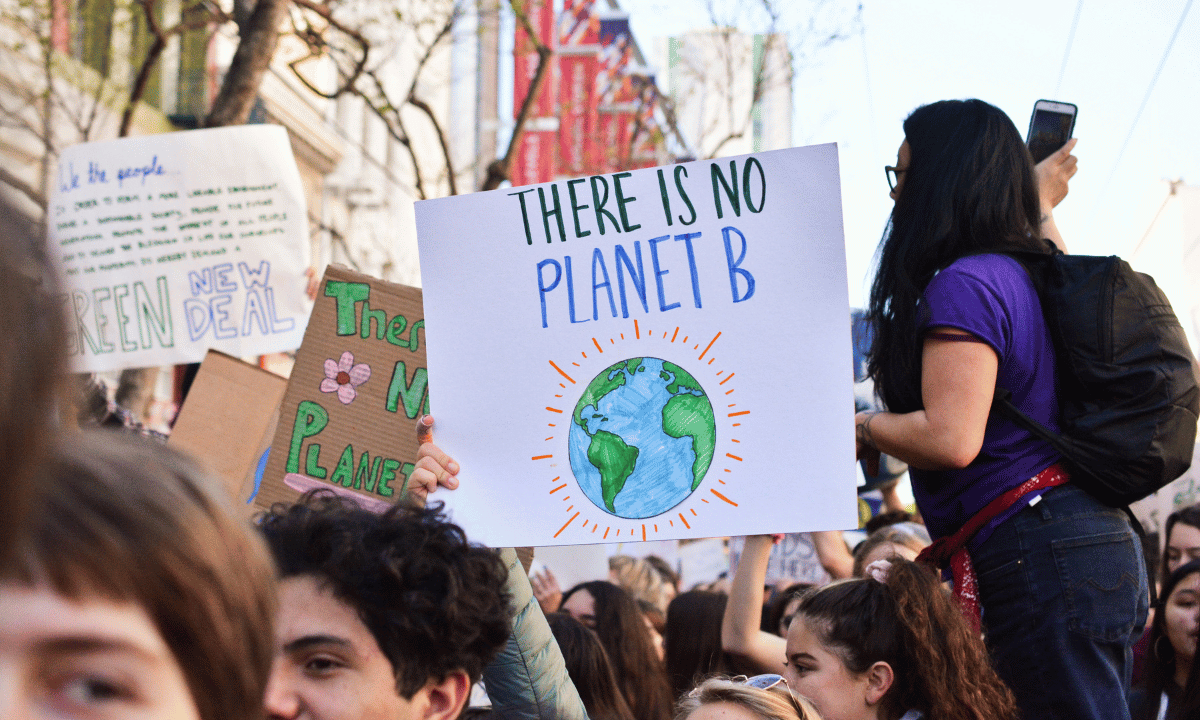The role of household actions in reducing carbon emissions worldwide has been hotly debated, but the United States data confirm their significance. In 2021, households accounted for roughly one third of U.S. CO2 emissions, with the residential sector representing over 19% and passenger and light duty vehicles representing another 22%.
A new paper from Vanderbilt researchers demonstrates that Congress placed a major bet on households in recent legislation, one that may pay off with a large share of the legislation’s total CO2 emissions reductions.
Working across multiple disciplines, the Vanderbilt researchers find that a relatively small proportion of funds from two recent significant pieces of environmental law – the Infrastructure Investment and Jobs Act (IIJA) of 2021 and Inflation Reduction Act (IRA) of 2022 – could lead to an outsized reduction in emissions.
Incentivizing household action: Exploring the behavioral wedge in the 2021 Infrastructure Investment and Jobs Act and the 2022 Inflation Reduction Act uses modeling results from the Rapid Energy Policy Evaluation and Analysis Toolkit (REPEAT) to demonstrate that investments in voluntary household actions through the IIJA and IRA have the potential to represent almost half of the cumulative emissions reductions under both acts.
“Households are integral to energy demand and carbon emissions in the United States,” the authors write. “Household actions to increase home energy efficiency and conservation have the potential to yield substantial carbon emissions reductions.”
“Incentivizing household action” provides a detailed breakdown of IIJA and IRA funds targeting household actions, including tactics such as tax credits for electric vehicles, credits for door and window replacements, and rebates for heat pump installments. The authors found that 12% and 5.7% of climate and energy funds in the IRA and IIJA, respectively, are directed toward household actions, but this small percentage of funding could contribute 40% or more of all the CO2 reductions associated with the IRA and IIJA, a testament to the potential efficacy of household actions in the fight against climate change.
“The relatively small financial subsidies in the IRA and IIJA as compared to subsidies for non-household actions could produce a disproportionately large share of the estimated emissions reductions from these laws,” the authors write.
The authors recommend that policymakers prioritize the most important actions, provide significant financial incentives, invest in marketing with a local context, and simplifying processes when possible. They also urge policymakers to prioritize equitable program design for a range of household behaviors and socioeconomic scenarios. For example, installing a new heat pump is easier for a homeowner in a single-family home than for a renter in a multi-family dwelling. Previous research has also shown that high-socioeconomic status households produce far more CO2 emissions than lower-income counterparts.
“Targeting higher-income households and addressing structural inequities concomitantly should be prioritized for IIJA and IRA program design,” the study notes.
“Household action not only presents an important pathway for emissions reductions, but also provides opportunities to increase efficiency and reduce the inequitable energy burdens of low-income households,” the authors conclude. “The growing focus on household action thus can promote both climate change mitigation and energy justice.”
“Incentivizing household action: Exploring the behavioral wedge in the 2021 Infrastructure Investment and Jobs Act and the 2022 Inflation Reduction Act” appears in the March 2024 volume of Energy Policy. The paper is co-authored by three Vanderbilt faculty members – Mariah D. Caballero of Peabody College, Michael P. Vandenbergh of the Law School, and Jonathan M. Gilligan of the College of Arts and Sciences – and Elodie O. Currier (JD’23).
